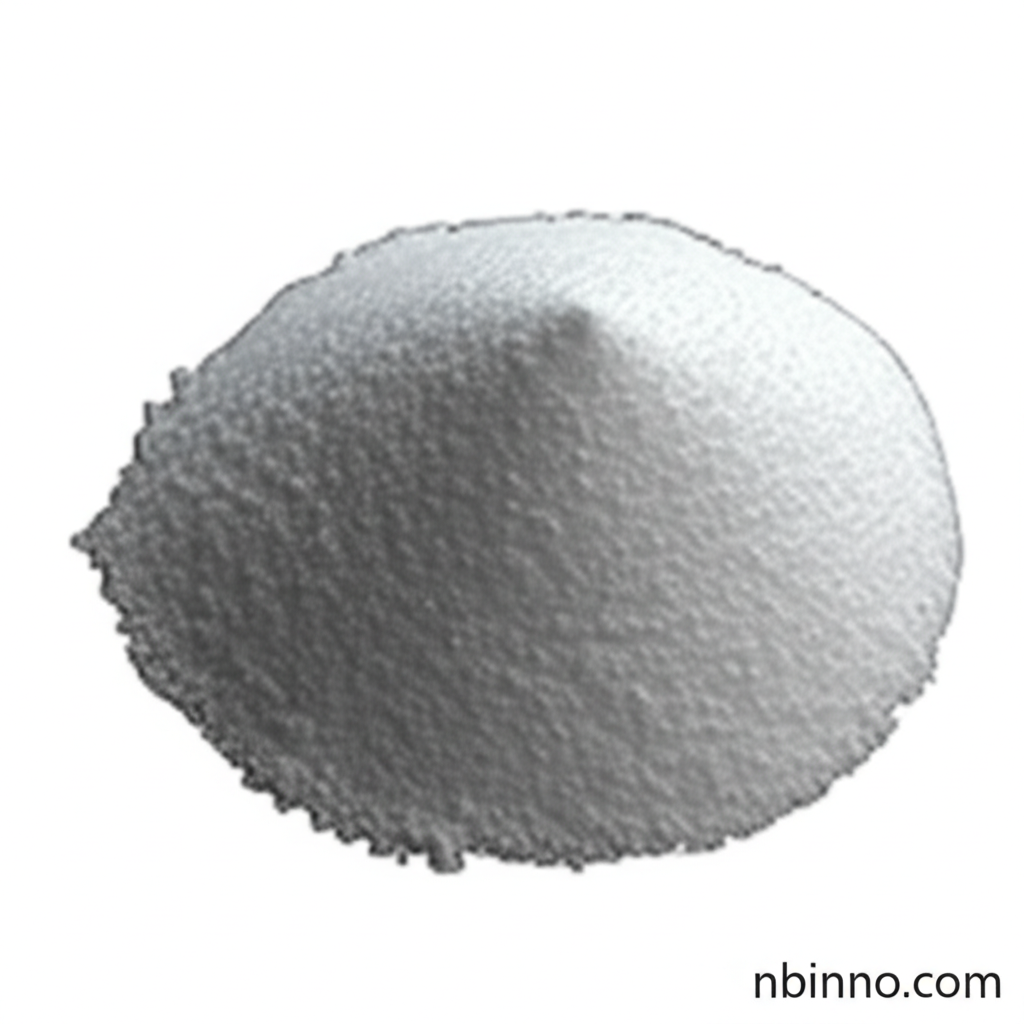2-Bromo-N,N-dimethylpyridin-4-amine: A Versatile Intermediate for Organic Synthesis and Advanced Materials
Unlock innovation in your chemical synthesis with this key pyridine derivative.
Get a Quote & SampleProduct Core Value

2-Bromo-N,N-dimethylpyridin-4-amine
This compound is a critical organic intermediate, defined by its pyridine ring, featuring a bromine atom at the 2-position and a dimethylamino group at the 4-position. Its specific molecular arrangement grants it valuable reactivity, particularly in nucleophilic substitution and various metal-catalyzed coupling reactions, making it indispensable for constructing more intricate molecular structures.
- A key component in 2-bromo-n,n-dimethylpyridin-4-amine synthesis applications, enabling the creation of complex derivatives.
- Discover the diverse uses of 2-bromo-n,n-dimethylpyridin-4-amine in driving innovation across various chemical fields.
- Achieve high purity standards, with this compound often available at 2-bromo-n,n-dimethylpyridin-4-amine purity 97% or higher, ensuring reliable results.
- This versatile chemical intermediate serves as a fundamental building block for advanced pharmaceutical and materials science research.
Key Advantages
Synthetic Versatility
Leverage the reactive bromine substituent for a wide array of nucleophilic substitution and cross-coupling reactions, facilitating the synthesis of diverse pyridine derivatives.
Material Science Potential
Explore the utility of this compound in developing advanced materials, including specialized catalysts and ionic liquids, opening new avenues for innovation.
Research & Development Facilitator
As a crucial pharmaceutical intermediate, it aids in the R&D process for new drug candidates and contributes significantly to medicinal chemistry breakthroughs.
Key Applications
Organic Synthesis
Utilize this compound as a fundamental building block in various organic transformations to create complex molecules and novel compounds.
Pharmaceutical Intermediates
Serve as a vital precursor in the synthesis of active pharmaceutical ingredients (APIs) and drug discovery research.
Materials Science
Investigate its role in the development of functional materials such as catalysts, ionic liquids, and components for electronic applications.
Medicinal Chemistry
Explore its potential biological activities and structural modifications for developing new therapeutic agents.
